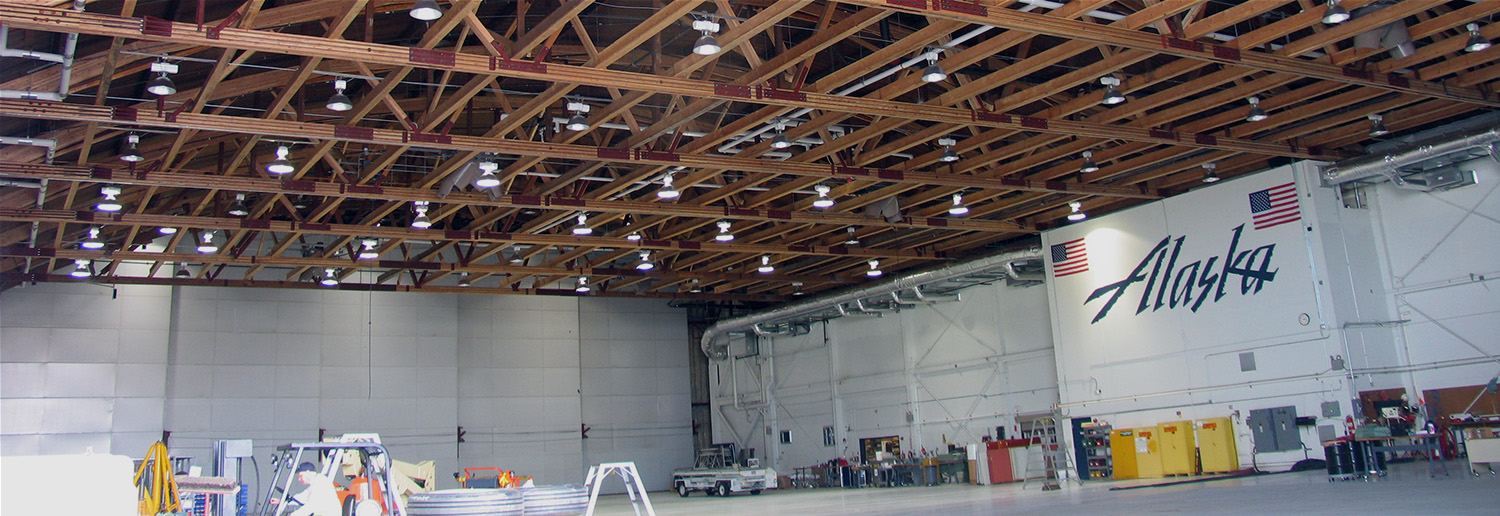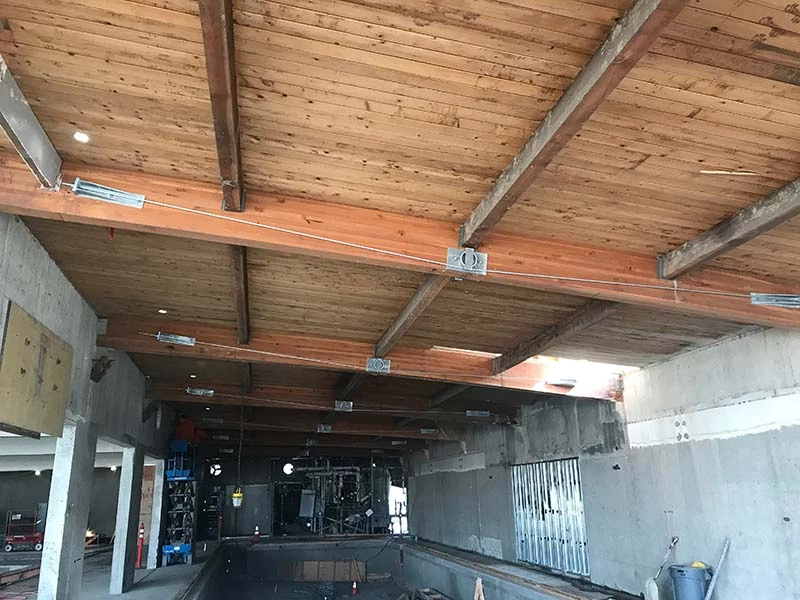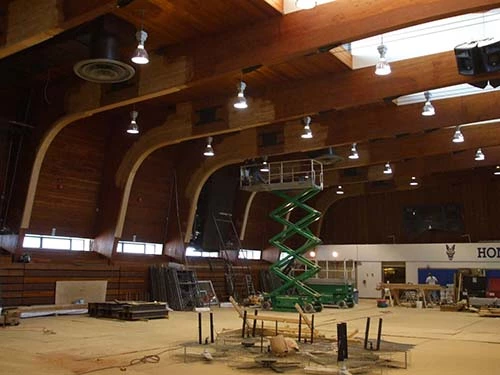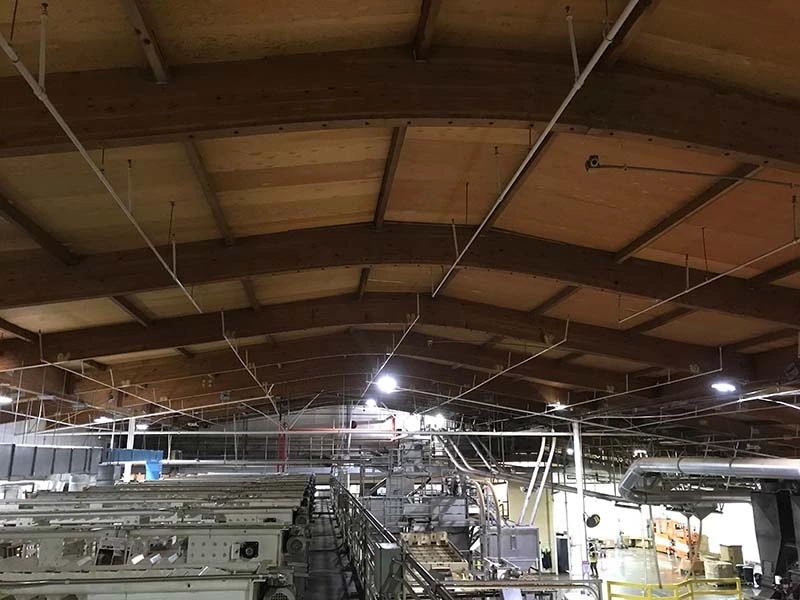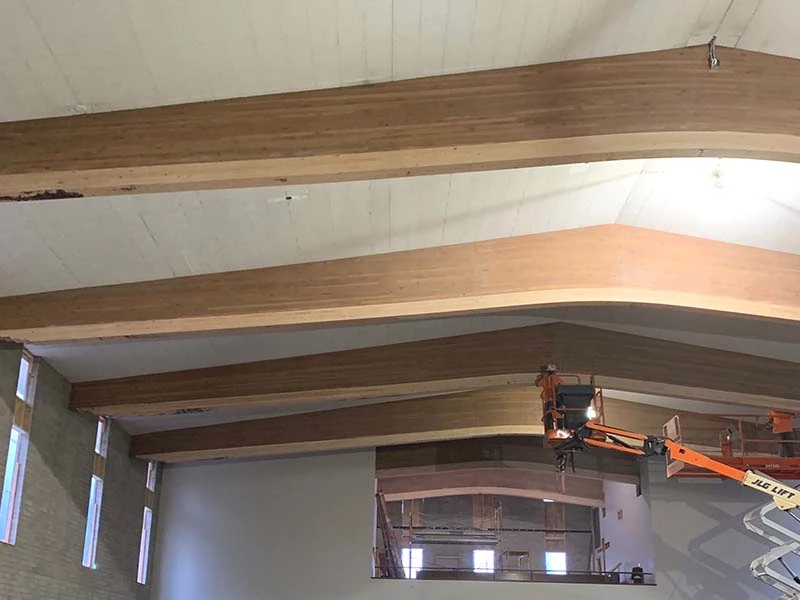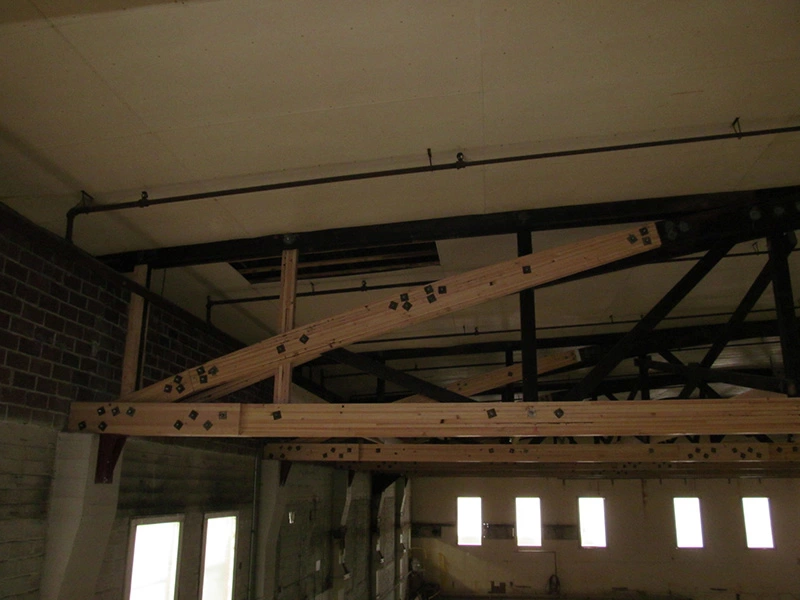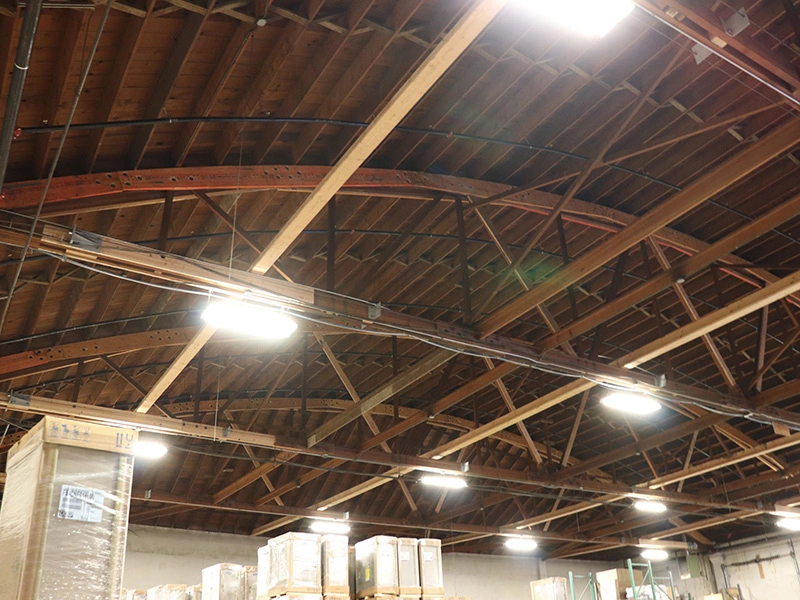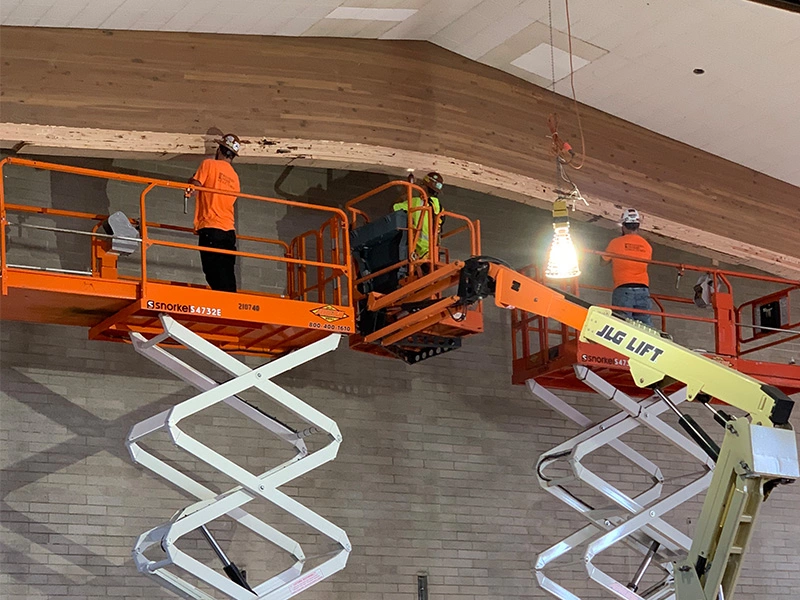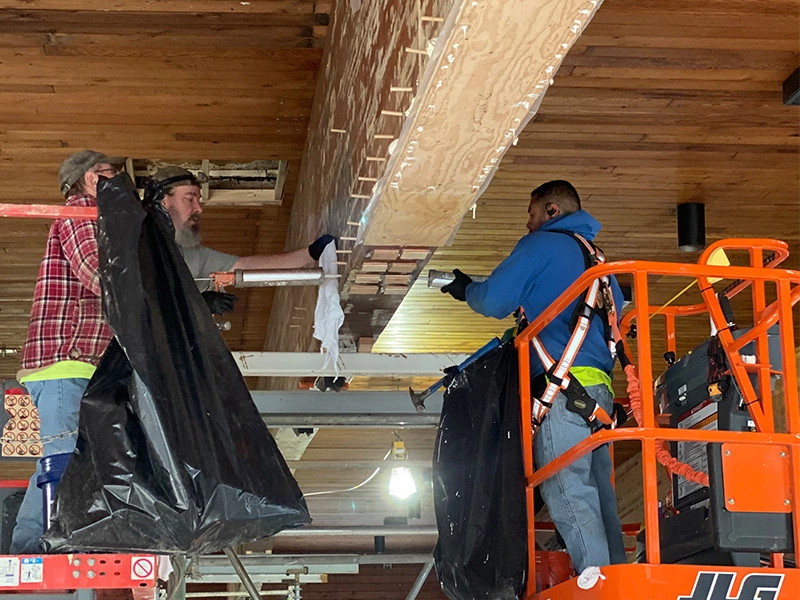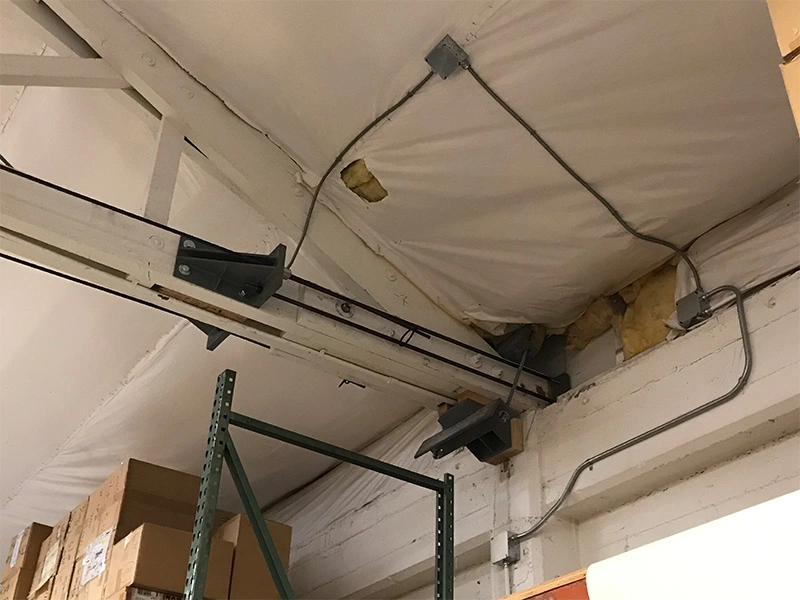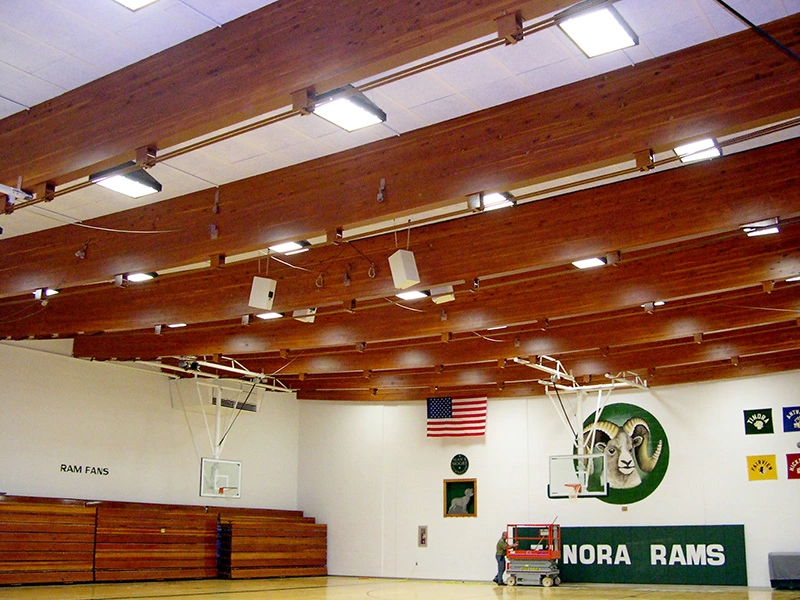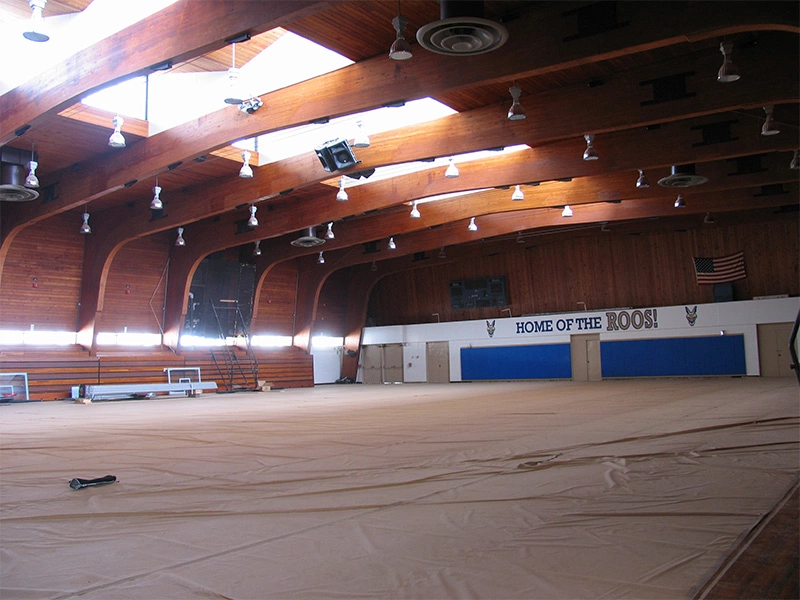Industry Leader In Timber Repair & Upgrades
Western Wood Structures is an acknowledged leader throughout the U.S. in the structural inspection and evaluation of existing timber framing systems. We offer all phases of the repair and code upgrade process for timber structures. Our complete service package includes the initial inspection, structural analysis, repair and building code upgrade design and drawings, and the implementation of required structural repairs and upgrades.
Featured Existing Timber Structures Projects
Common Issues That Prompt Timber Repair & Upgrades
Building owners, maintenance personnel and employees are often in a position to notice certain conditions that can lead to timber repairs. Cracks in ceiling or wall materials, sagging ceilings or floors, and loose ceiling tiles or panels that show enlarged gaps can all be early signs of distress.There are many conditions that can result in the need for the evaluation of a structure:
-
As older structures change ownership or building usage, remodeling can increase loads to the structure which can require upgrading. These loads may result from multiple layers of roofing, roof over-builds, installation of additional mechanical equipment such as HVAC units, suspended ceilings, and attic storage.
-
Over time, structural timber elements may experience decay which ultimately requires repair (refer to AITC Technical Note 13). This can occur due to a penetration of the roof or walls that creates water leaks, or from improper ventilation of an area with increased moisture, including swimming pools or steam-emitting machinery.
-
Forklift impacts to wood structural members, which can occur in timber structures used as warehouses.
-
Deficiencies in the original design.
-
Improper connection details to wood structural members (see AITC 104 “Typical Construction Details”).
-
Isolated weather events that exceed loading capacity, including ice or rain on top of a snow load, or clogged roof drains that allow water to pond on the roof.
Timber Structures Built Prior to 1970 May Not Meet Current Building Code
Major factors that contribute to wood structural elements not being up to code include:
-
Many building jurisdictions have increased the snow load requirements for structures, while also implementing the requirement for unbalanced loading of structural elements.
-
In the late ’80s, extensive testing of full-sized, sawn wood members resulted in a reduction of the allowable stresses.
-
Before 1970, glue-laminated members were not constructed using dedicated tension lamination’s. Under current code, this requires a 25 per cent reduction in strength for bending stresses (refer to AITC Technical Note 26).
-
The use of computer-assisted analysis reveals secondary moments that were not taken into account using the original graphical method of designing trusses.
Often, existing timber structures may be required to be brought up to current code before any failures occur. Possible reasons for the necessity of code upgrades to existing timber structures include a change of ownership, or an insurance inspection done in order to renew or add to the building’s insurance coverage.
Inspections, Analysis & Repair Design
We offer the services of our highly trained and experienced engineers for the inspection and evaluation of existing timber structures. Our thorough inspections will examine the condition of the structural wood members that comprise the entire framing system. Using the field inspection report, our Engineering Department will perform a structural analysis that evaluates the system for all applied loads. The analysis will determine whether any members or connections are in need of structural rehabilitation, and if they are adequate to meet current code-prescribed loading. Clients then receive the analysis, including recommendations for repairs. We can then offer a variety of field-tested, proprietary repair/upgrade solutions which are designed to provide the most cost-effective resolution of the problem.
Field Repair Services
Our experienced field personnel are trained and equipped to implement any required structural timber repairs. Our field superintendents have more than 75 years combined experience in Glulam beam and truss repairs. The services we provide may include:
Case Studies
Contact Us for Existing Timber Structures Inquiries:
(503) 692-6900
Brentley A. Matthias, P.E. – bam@wwsi.com
Learn How Timber Can Save the World!
Download PDF
